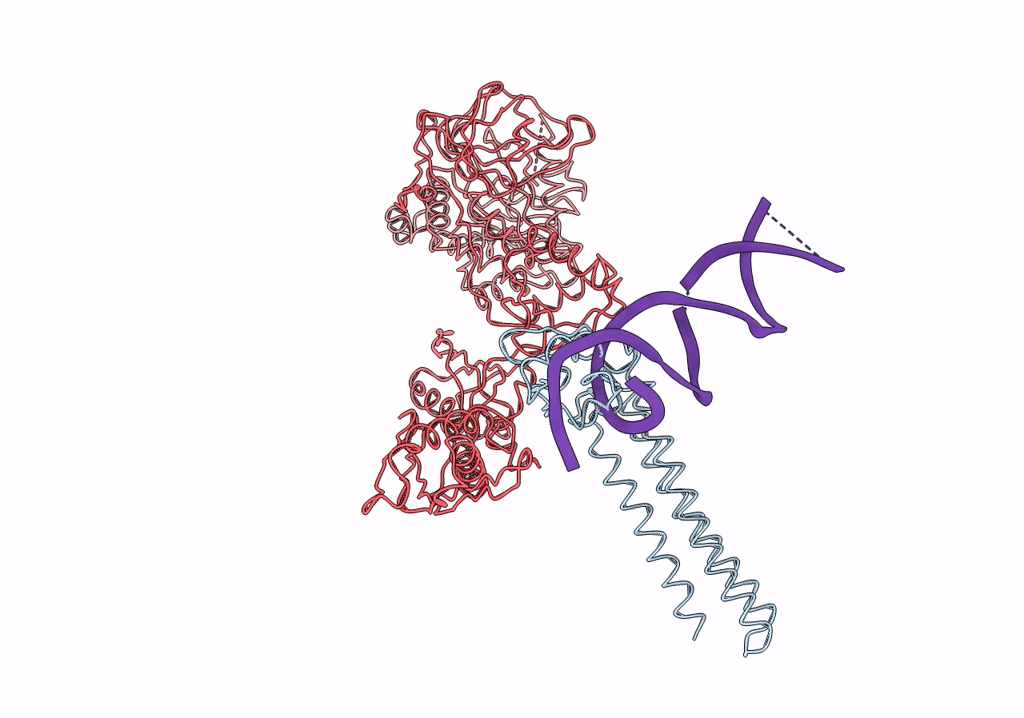
Deposition Date
2005-05-11
Release Date
2005-06-14
Last Version Date
2024-02-14
Entry Detail
PDB ID:
1ZN0
Keywords:
Title:
Coordinates of RRF and EF-G fitted into Cryo-EM map of the 50S subunit bound with both EF-G (GDPNP) and RRF
Biological Source:
Source Organism:
Escherichia coli (Taxon ID: 562)
Method Details:
Experimental Method:
Resolution:
15.50 Å
Aggregation State:
PARTICLE
Reconstruction Method:
SINGLE PARTICLE


